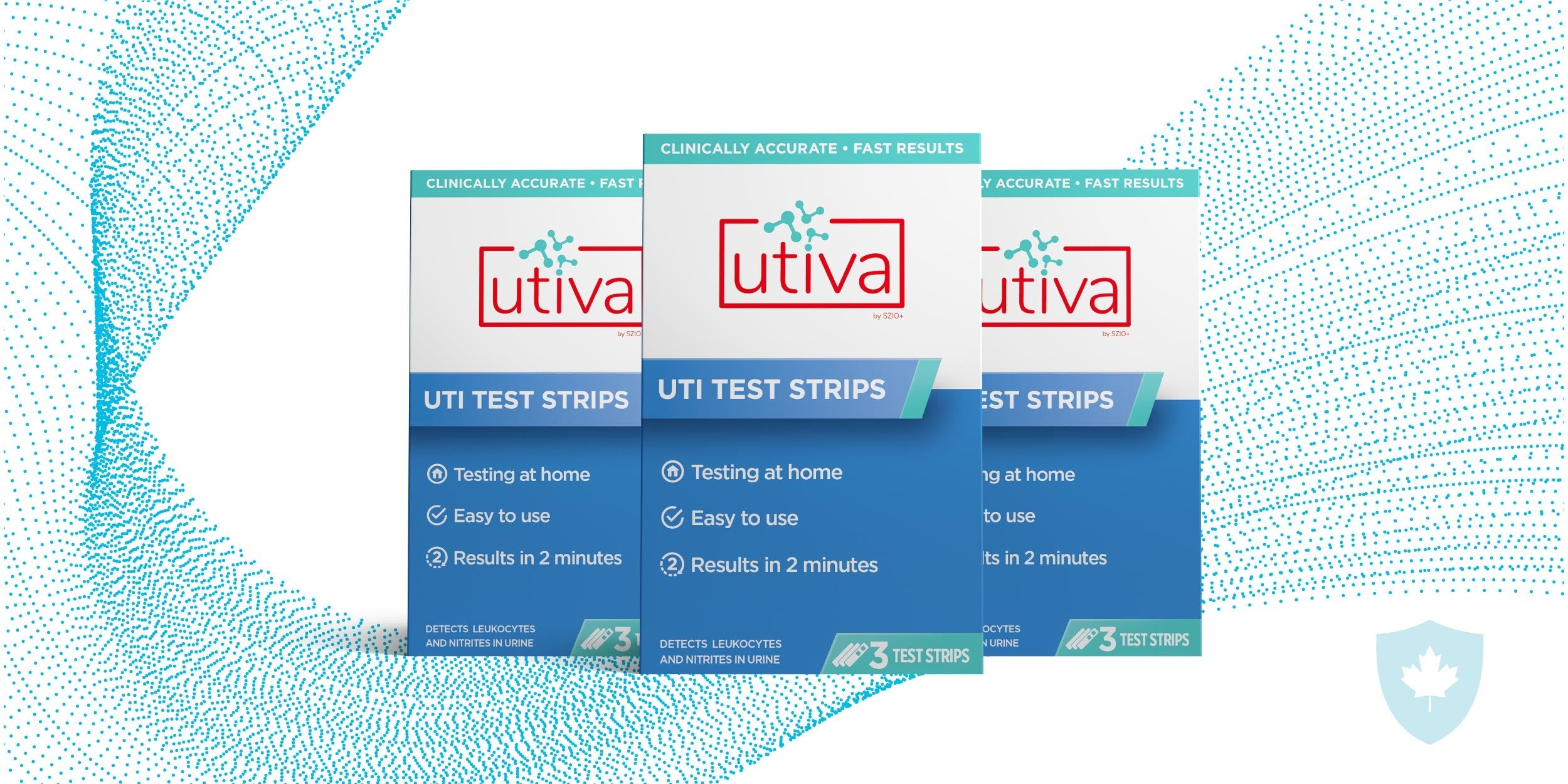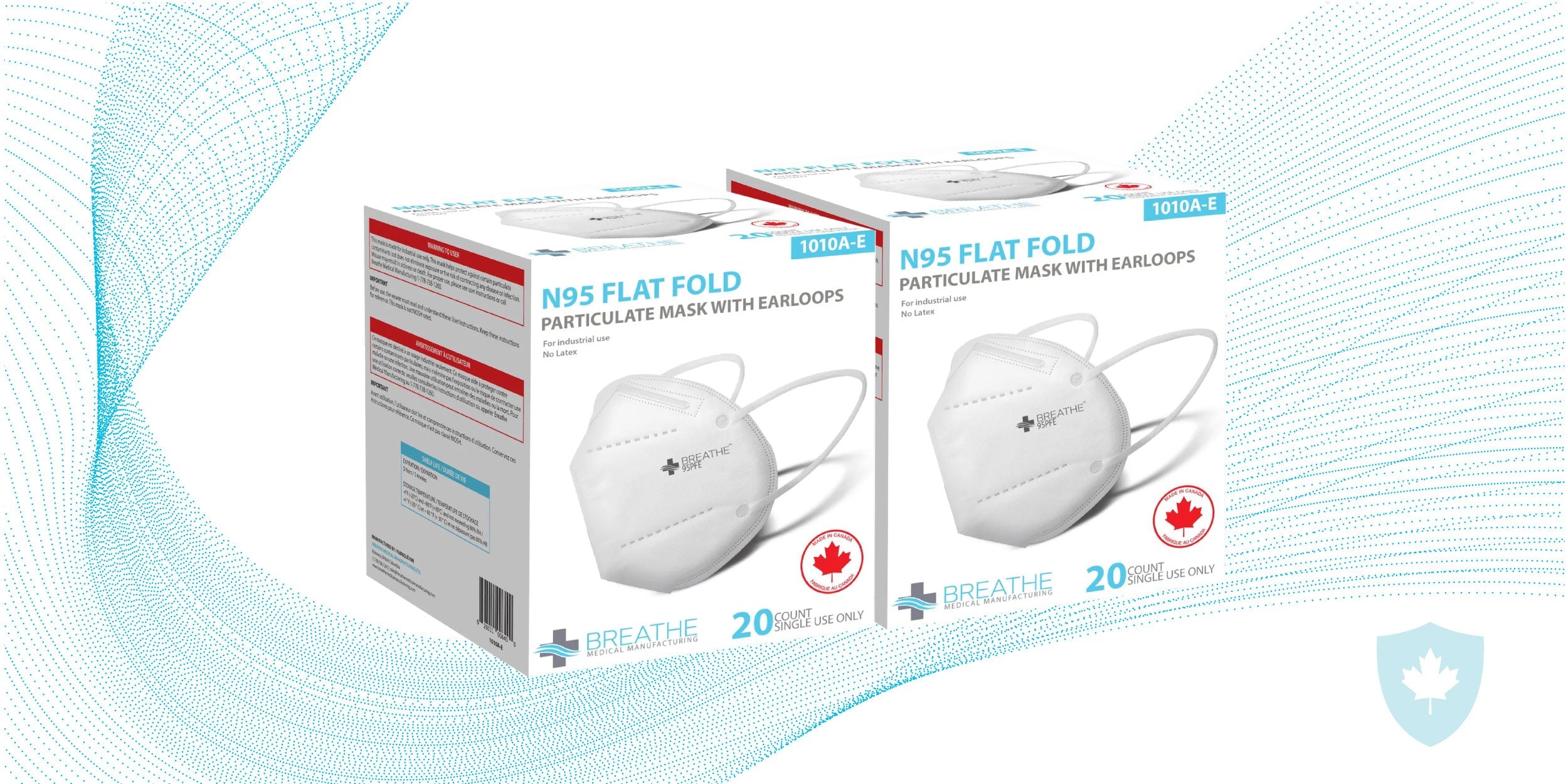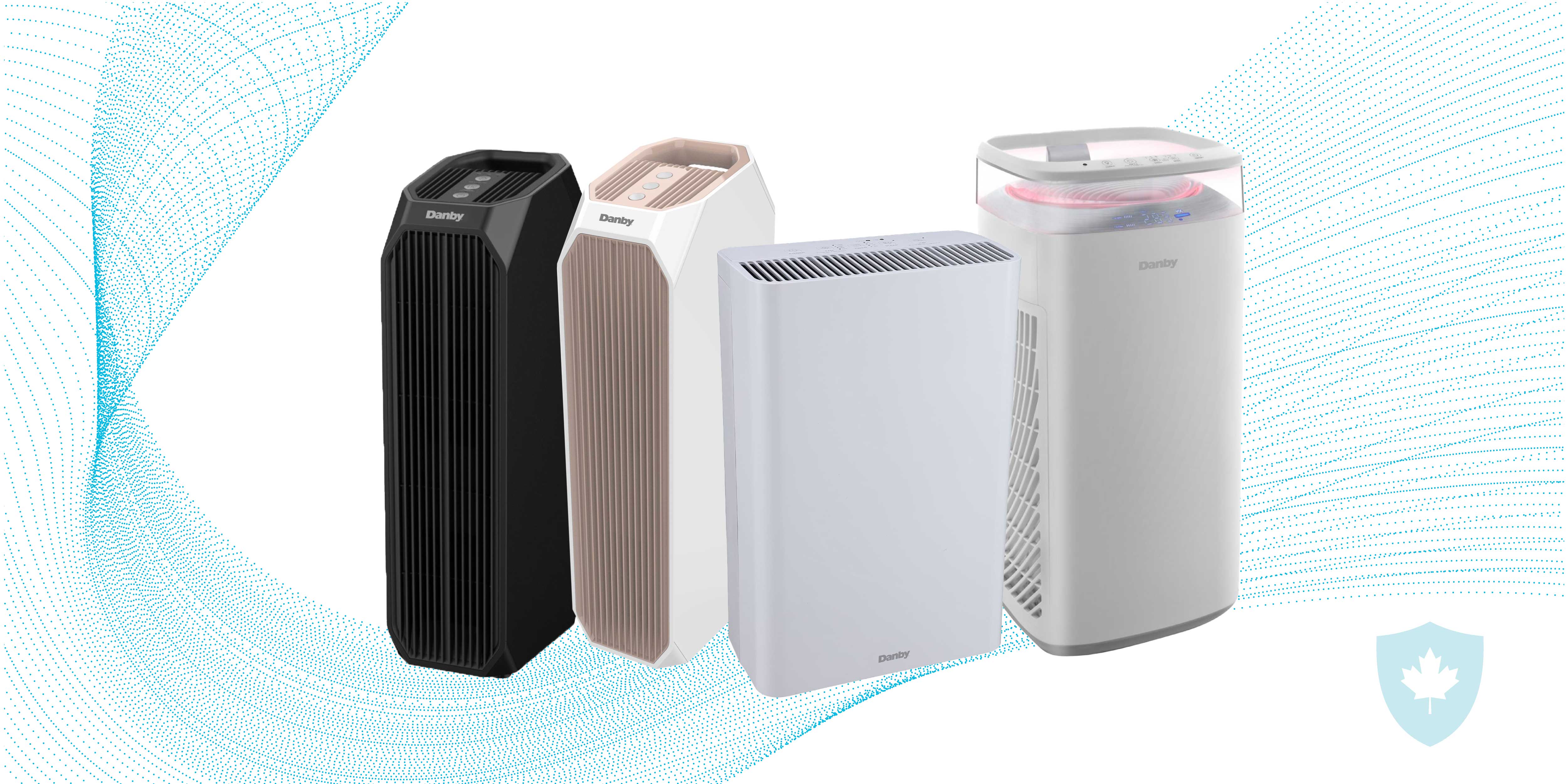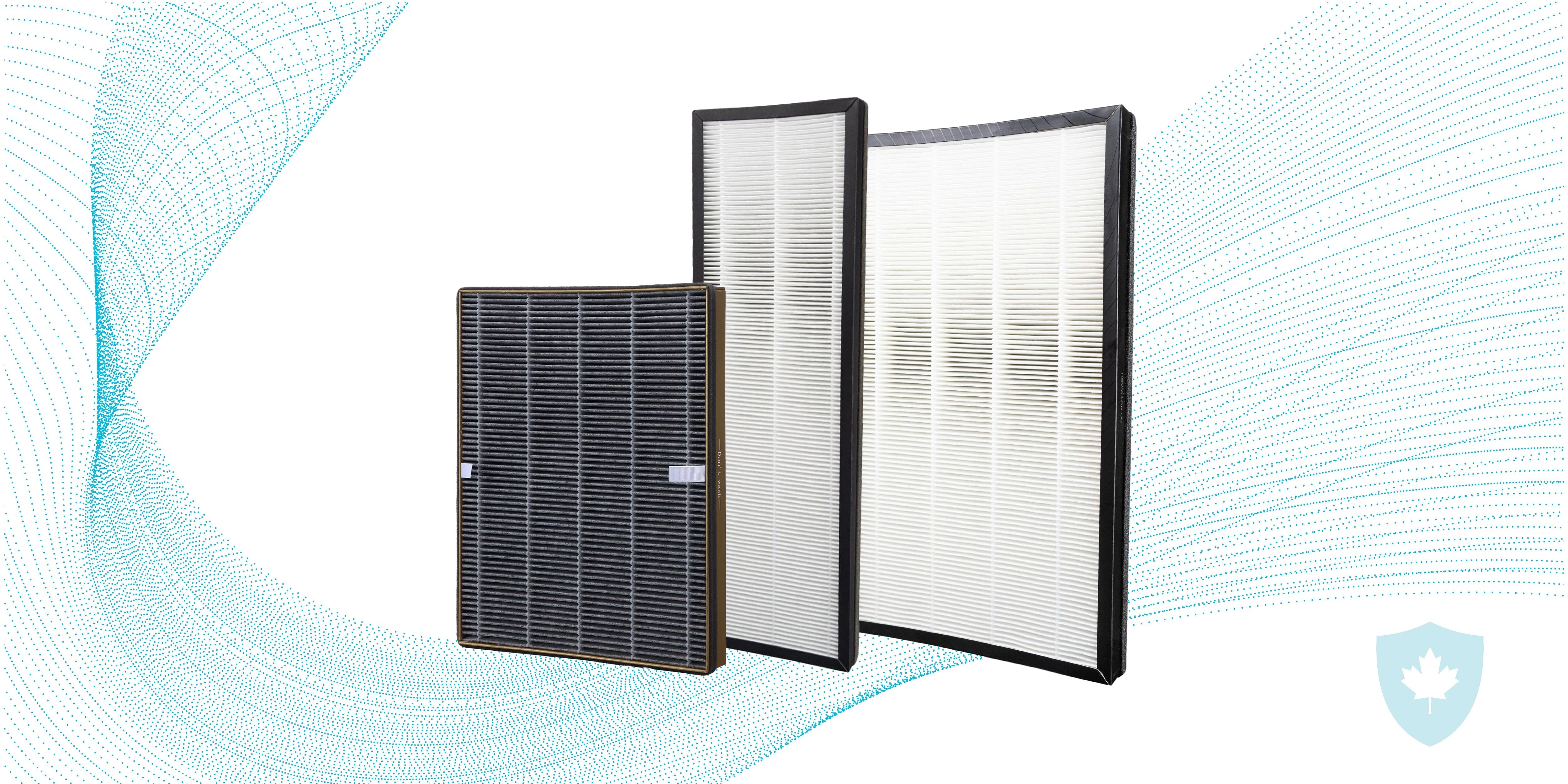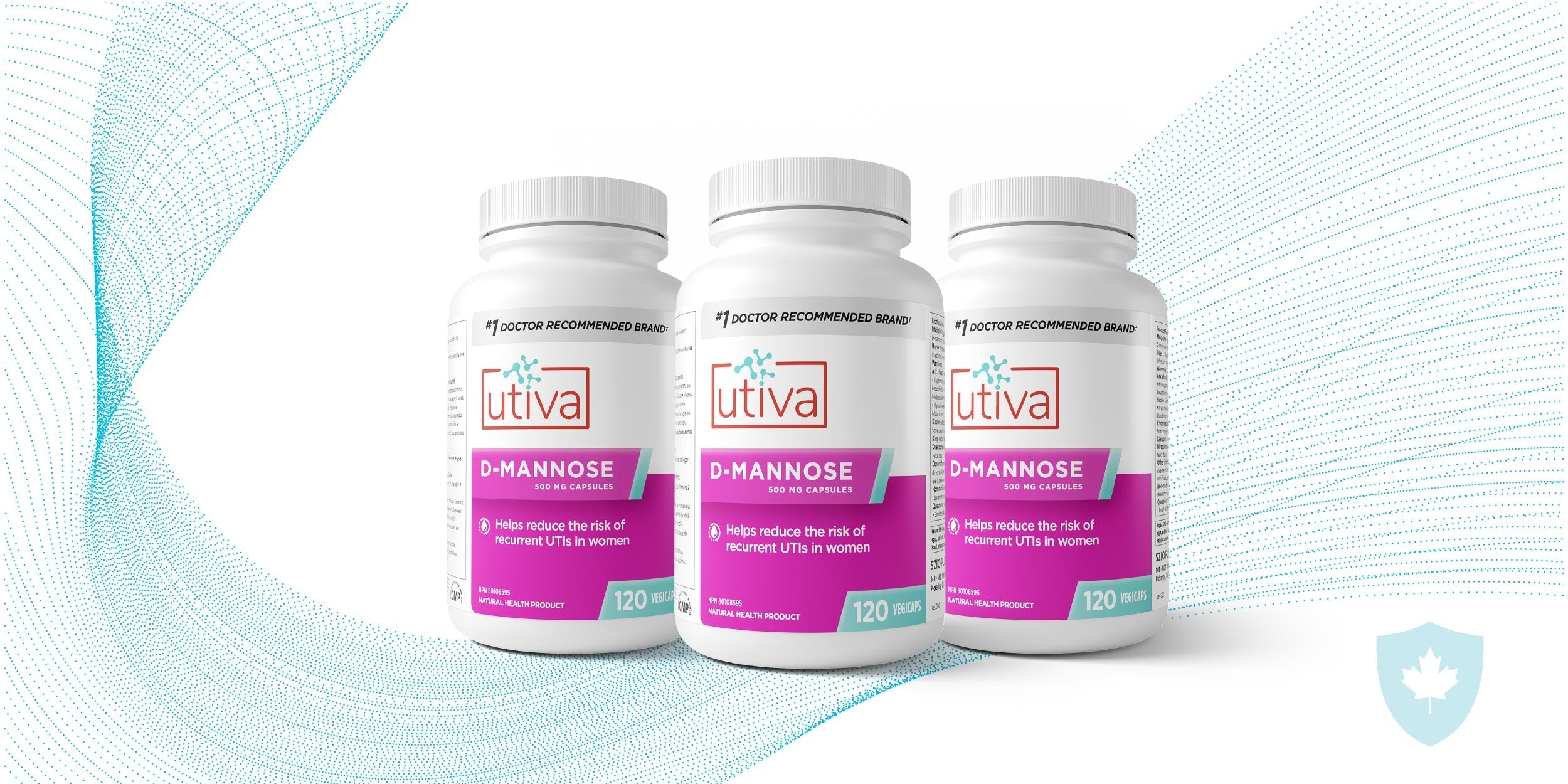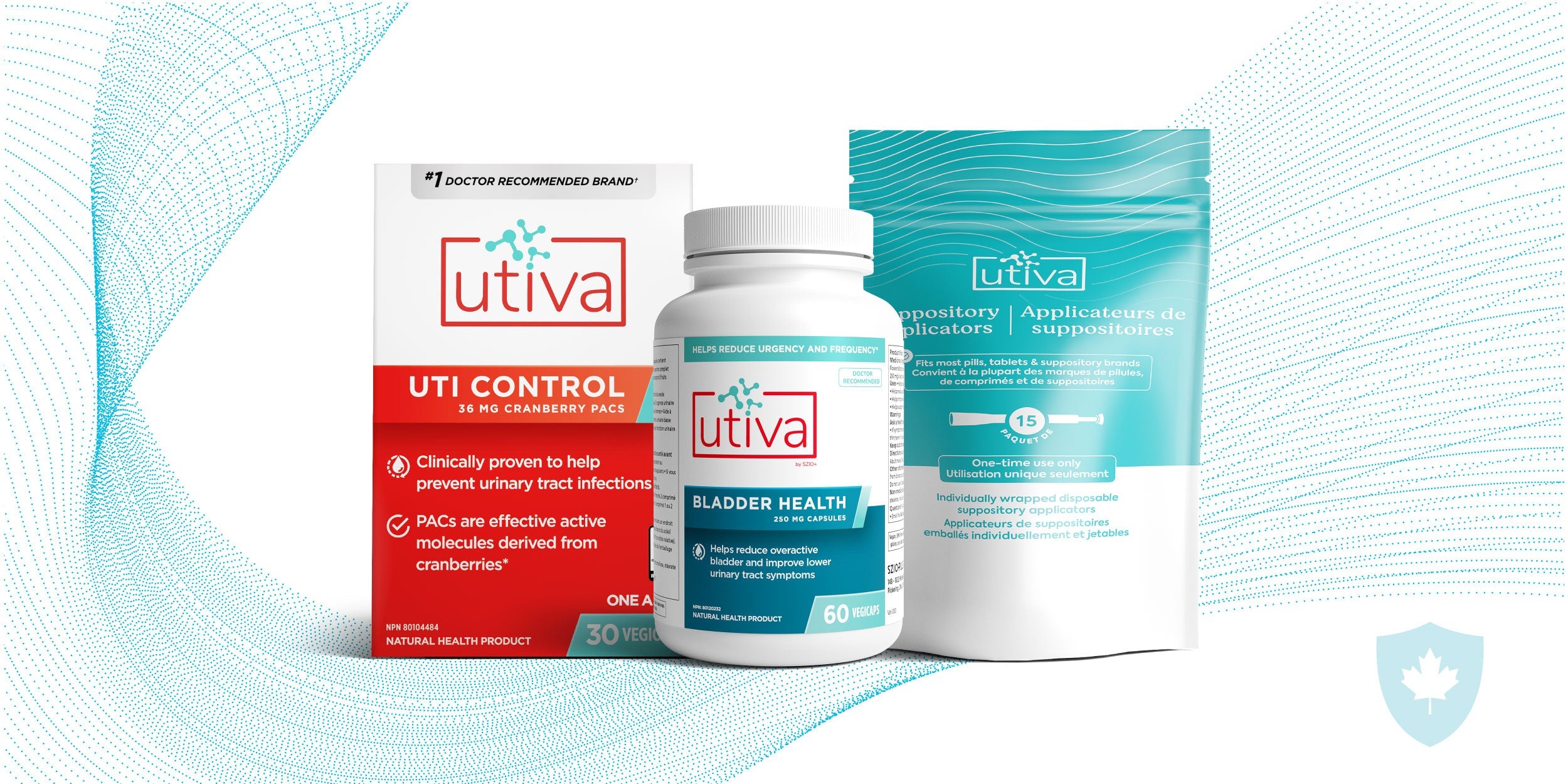Health Canada certifies made-in-Kitchener face shields to protect against COVID-19

A Kitchener, Ont., tech company says it has been certified by Health Canada to mass produce face shields that will protect health care workers against COVID-19.
Just a few weeks ago, Jeremy Hedges and his team at Inksmith were helping teachers introduce their kids to robotics, 3D printing and the principles of STEAM (science, tech, engineering, arts and math).
Now they're re-configuring their building and getting ready to start full-scale production on what's become one of the most high-demand items of the COVID-19 outbreak.
It all started when a local family doctor reached out to Inksmith, warning of the critical shortage of personal protective equipment.
"She had read about some other folks in Italy that were 3D printing ventilator pieces and wondered if we might be able to help," said Hedges of the doctor, who knew his company had similar technology.
Friday morning, with the guidance of Neil Naik from the Kitchener-Waterloo Academy of Medicine, they got started.
"We just kind of dropped everything. Nothing was planned," recalled Hedges. They started with an open source file, improved on it and before long, the team ended up with a design for a face shield that could be fully laser cut in seconds.
"It's reusable, it's adjustable. A lot of the solutions they're getting right now are one day use and then disposed. Our system can be washed and then sanitized, which will make it a lot less expensive for the health care system."

In just five days they went from being able to produce five or six at a time on a 3D printer to 8,000 a day — with certification from Health Canada.
"And that's nowhere what we need, either," said Hedges. "The scale of this is huge."
Up to this point, the visors have been produced jointly through community efforts and with what Inksmith has been able to do in house. Many of the early visors, which hold the transparent screen in place away from the face, and strap were 3D printed and produced by community members, with Inksmith producing the face shield.
As the face shields go into mass production, the process will go commercial, said Hedges, but the plans stay open source so anyone with access to the right equipment can make their own.



